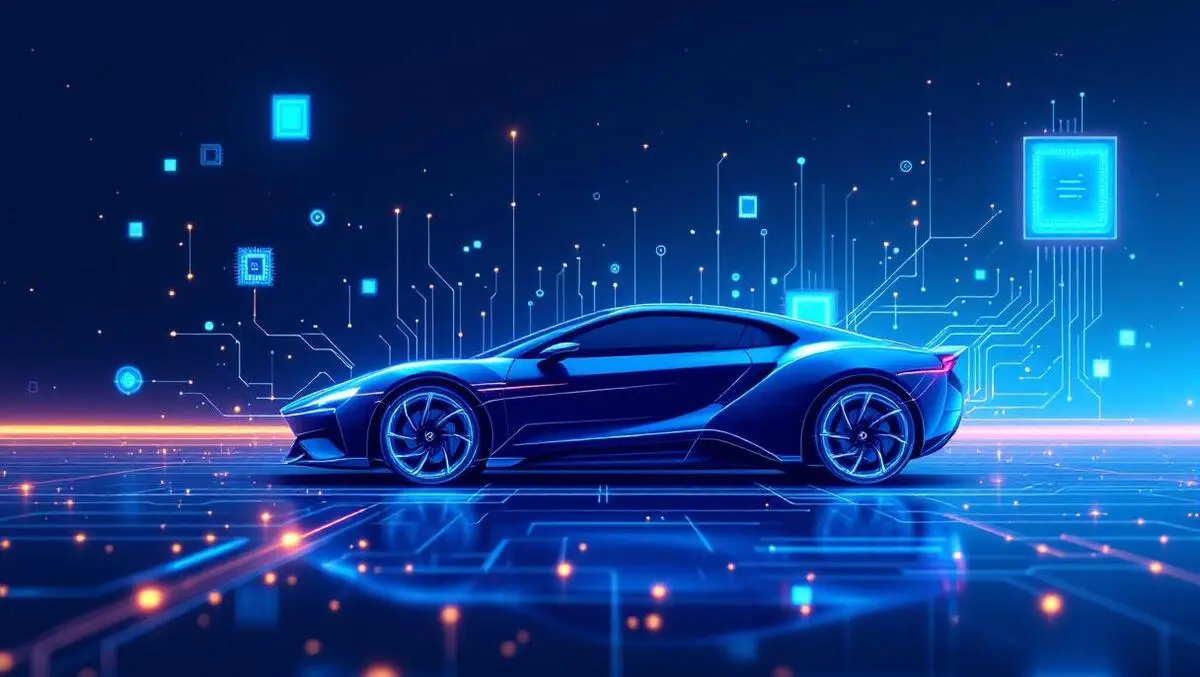Siemens Digital Industries Software has added support for the newly released Arm Zena Compute Subsystems in its PAVE360 platform for software-defined vehicles.
The Arm Zena Compute Subsystems (CSS) represent the company's first generation of compute subsystems designed specifically for automotive applications. The pre-integrated and validated hardware is engineered to be efficient in terms of performance, power consumption, and size, with the aim of facilitating the development of vehicles driven by artificial intelligence.
The automotive sector is undergoing significant change as manufacturers shift to software-defined vehicles (SDV) in which intelligent, AI-powered functionality is increasingly important for product differentiation. This trend requires a rethinking of traditional development methodologies.
Suraj Gajendra, Vice President of Automotive Products and Software Solutions, Automotive Line of Business at Arm, said: "The era of AI-defined vehicles is an opportunity to bring new in-vehicle experiences to life, but it will require a much faster speed of development and deployment.
"With the help of virtual platform solutions like PAVE360 from Siemens, Arm is enabling our partners to begin software development on Zena CSS before physical silicon is available, significantly reducing development time for new software solutions."
David Fritz, Vice President at Siemens Digital Industries, commented, "Our work with Arm demonstrates that it's no longer enough that vehicle development is software defined - the process now needs to be systems-aware with the full vehicle system developed in parallel to help ensure that the entire system meets requirements and will require continuous verification."
He added, "Siemens is in a unique position to support this new approach as we enable customers to develop multi-domain (across electronics, hardware and application development) digital twin for validation and integration that encompasses the whole System-on-a-Chip (SoC), electronics/electrical (E/E) system and vehicle development flow."
Through PAVE360, customers will be able to create and test software for Zena CSS even before the underlying silicon hardware becomes available. The platform will also play a role within the SOAFEE (Scalable Open Architecture for Embedded Edge) community, where virtual prototyping is set to be a foundational tool for developing and validating SOAFEE Blueprints.
This approach allows automotive developers to functionally validate software within the system and model interactions between hardware and software. Such capabilities are designed to address the complexities posed by the move towards software-defined and systems-aware automotive design and production.
PAVE360 is Siemens' comprehensive solution within its SDV framework, integrating several of its software and hardware tools. These include the Innexis software environment, Veloce hardware-assisted verification and validation systems, Teamcenter for product lifecycle management, Polarion for application lifecycle management, and Simcenter Prescan and Amesim for simulation. The aim is to provide a more cohesive and integrated workflow for software-defined automotive development.
The initial rollout of Zena CSS support is built on Siemens' Innexis Architecture Native Acceleration (ANA) technology, now available as part of the PAVE360 toolset. This allows automotive engineers to begin software development for the new hardware platform immediately and to continue the development cycle seamlessly once silicon hardware is released, including accurate performance and power analysis through Innexis Developer Pro.
Parallel to software and hardware development, PAVE360 enables requirements management and verification to be connected, supporting the creation of a digital twin that reflects the entirety of the vehicle system. This is intended to address common integration issues faced by automotive manufacturers as vehicles become more complex and interconnected.



